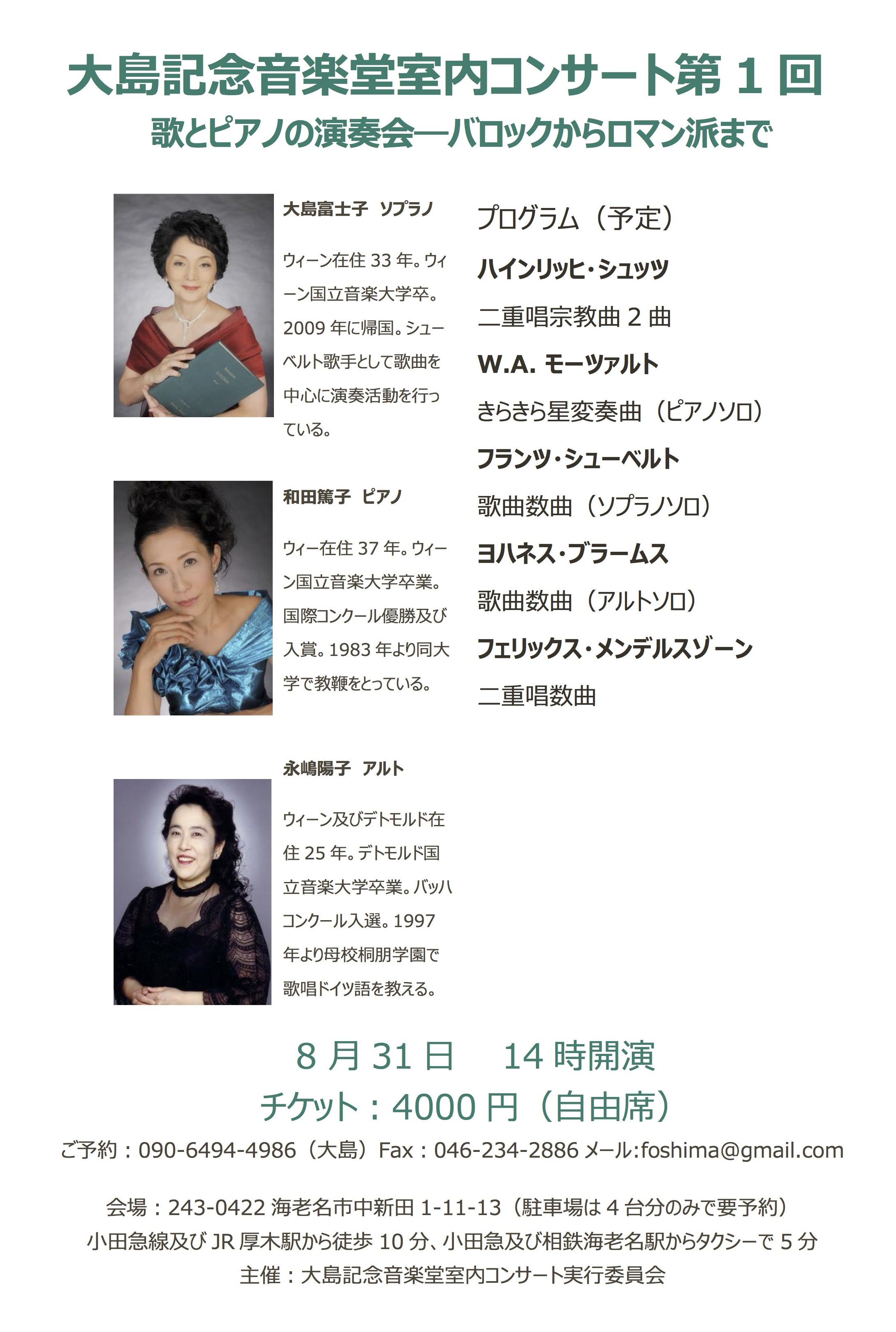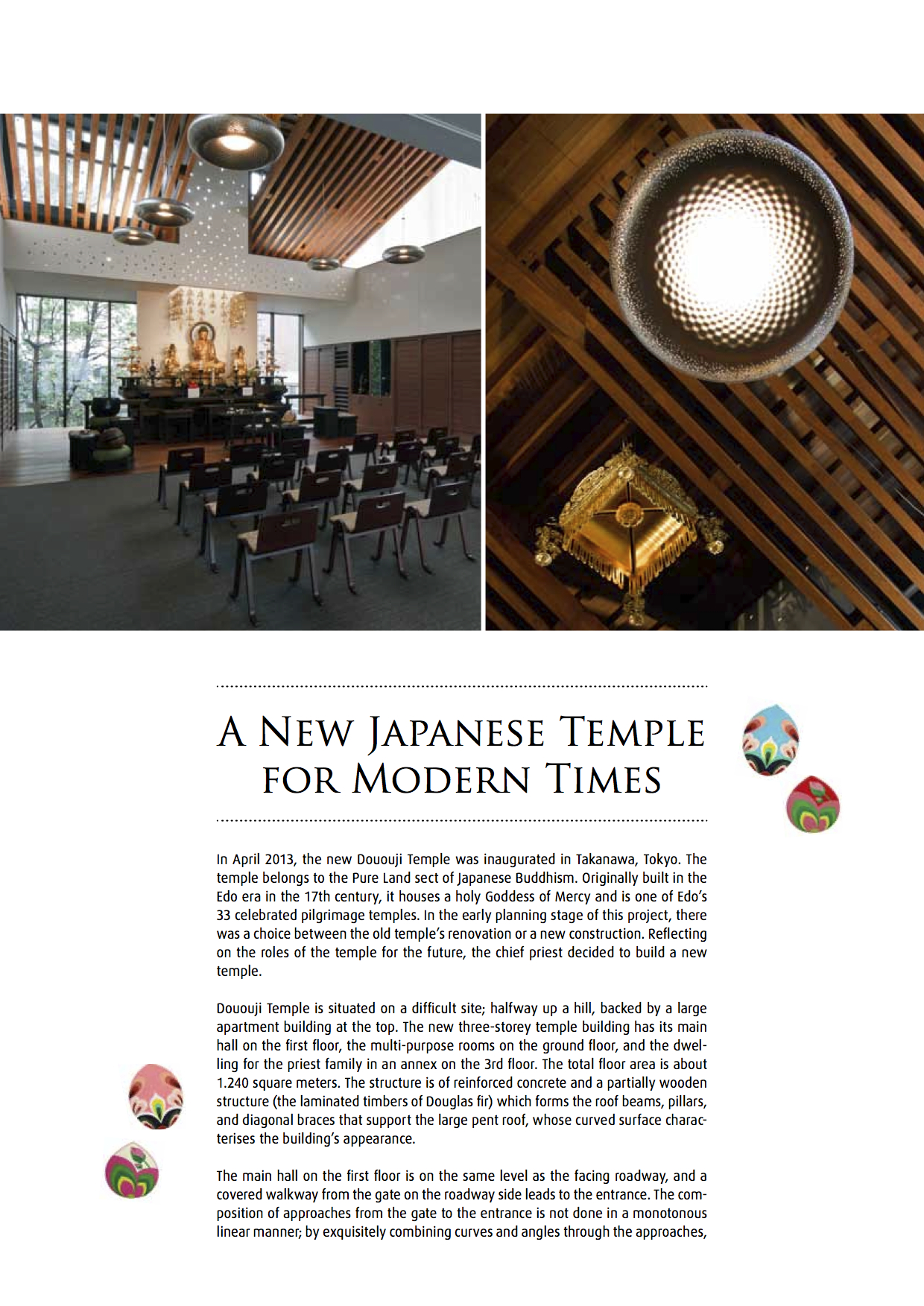「住宅建築」2013.10号に書いた書評を、編集部の許可を得て再録させていただきました。
ーーーーー 登場の書籍は以下の三冊 ーーーーー
生命形態学序説 — 根原形象とメタモルフォーゼ
著 =三木成夫
発行=うぶすな書院
時が刻むかたち ー 樹木から集落まで
著 =奥村昭雄
発行=OM出版
発売=農文協
FORMA(形の科学会学会誌)
発行=形の科学会
ーーーーーーーーーーーーーーーーーーーーーーー
かたち
評論家でもない私が、見知らぬ人の書いた本を論ずるのがはばかられる。幸い、ここにはどんな本のことを書いても良いらしいので、先ずは私自身が最も影響を受け、かつ著者をよく知る二冊の本について書いてみる。
はじまりは昔の話。芸大建築科一年のときに私は『生物』という授業を選択した。これを選択しているのは主に彫刻科の学生で、彼等の目的は人体などの骨格や筋肉の付き方を正しく理解すること、つまり美術解剖学の延長にある講義なのだ。いや、そう思っていた。しかし、その講義はそんな想像を遥かに超えるスケールで私の脳天を直撃したのだ。担当教授は、東京医科歯科大学の解剖学教室から移籍されたばかりの三木成夫先生だった。
初回の授業で「植物的」と「動物的」を作品にして提出せよという課題がでた。提出の翌週の授業が終わると、「建築の小川君、聞きたいことがあるので、夕方、私の部屋まで来なさい。」とアナウンスされた。なぜ夕方なのか不思議だったが、それまで時間をつぶしておそるおそる先生の部屋に行くと、医科歯科大解剖学教室のOBの方々数人と歓談中だった先生が私の作品を出してきて、これの解説を聞きたいとおっしゃる。なんと説明したのか覚えていないが、作品が評価されたと思ってかなり気を良くして解説してしまったような気がする。しかしそうではなかった。なんとひと呼吸おいてから先生は、「君は野沢由子さんの息子さんだね?」と、唐突に聞いてきたのだ。野沢は母の旧姓で、遠い昔、母が父に会う前に二人は仲良しだったのだ。母がわざわざ息子が入学したと話に来たそうだから間違いない。たぶん先生が私をよんだのは私の面構えを見たかったのだ。今まで話したことはないがもう時効だろう。すこしがっかりする私に「まあ君も一杯」とウイスキーを注ぎ、さてここからが圧巻だった。若き医師の方々と私の前で、先生はシーラカンスを解剖したときの話を始められたのだ。
それは、たしかこんな話だった。コモロ諸島かどこかで生きたシーラカンスが捕獲された。まもなく死んで冷凍だかチルト状態だかで日本に空輸したが、誰もが解剖を躊躇し、三木さんを喚べ、ということになった。大急ぎでそこに行き、解剖台の上に横たわったシーラカンスの無言の叫びをたたえた顔を見た瞬間に、これは自分がやらねばならない。と思い自然に体が動いた。あとはここがこうだった、あそこがこうだったと解剖学的な所見の数々(当然私には理解出来ず)。五臓六腑腑分けののち、最後に脊索にたどりついたときに、「こいつの叫びがわかったんだ。凄まじい骨格だった。あの形相に表れていたのは、今や陸に上がろうというところでやめてしまい、数千万年も同じ形でもがき苦しんでいる声だったんだよ。」とおっしゃった。それはまさに鬼気迫る回想、いや実況中継だった。
このように、三木先生の視点のユニークさは、生物の形態に歴史を観る。ということにある。人間の発生、つまり胎児の形態の変化は動物の進化をそのままなぞっている。という発生形態学の論点が最も判りやすいが、ともすれば、アントニオ猪木とモハメドアリの異種格闘技戦は、爬虫類(猪木の寝転び戦法)と哺乳類(立って戦ったアリ)の生物界における長い長い戦いの記憶そのものだ。など枚挙にいとまが無い。
いささか脱線気味に私小説のようなことまで書いてしまったが、紹介した本には、この芸大での授業に使われた最高に美しい三木先生のシェーマ集が収録されている。シェーマは医学用語(ドイツ語)で、日本語では「模式図」と訳されるが、この本のそれは模式図ではない。あるいは、同義の英語であるスキームの方が理解しやすいかもしれないが、進化や発生の過程を、戦慄するほどにリアルに美しく描いたドローイングの数々。それを眺めているだけで、太古から連綿とつながる動物の形の変化の本質が何なのかを感じることが出来る。実はこの本は三木先生が亡くなられた後、あまりにもすばらしい芸大の授業で使われたシェーマを一冊にまとめ、先生の講義の再録を行ったものなのだ。
さて、次も昔の話。先の話の四年後に私は奥村昭雄先生の研究室に入った。こちらはもちろん私が在籍していた建築科の研究室だ。しかし、ここでも私は「建築」とは一見関係無さそうなことに夢中になった。そして先生も夢中になってくださった。それは樹形の研究だった。このあたりの詳細は本誌2013年4月号に詳しく書いたので、ここではその樹形の研究も含めて奥村先生が著した本『時が刻むかたち』を紹介したい。これは題名が示すように「かたち」の中に「時間」を見ることをテーマにした本で、主題が同じという意味で私にとっては先述の三木先生の著書の姉妹本。二冊でワンセットの名著なのだ。
あるとき、奥村先生に三木先生のことを話すと、「前から気になる人」とおっしゃった。三木先生は医学会では安楽死容認で話題になったこともあったようで、そういうことが原因で医科歯科大から芸大に移られたのかもしれない。そのような思想的な部分で奥村先生は共感されていたようだった。同じ学内にいながら、たぶんこの御二人は親しく話をされたことは無いだろう。しかし私の頭の中にはひとつの三木奥村ワールドが存在する。そして、この二つの本には、先述の共通するメインテーマ「形の中に時間を見る」以外にも、共通点が二つあるのだ。
一つめは、大きくものを見るということだ。三木先生の、進化と発生を同じ軸の上で見るという発想は、視点を引いて大きく物を見ないと到底できることではない。一方の奥村先生にはこんなエピソードがある。「樹形の研究」を携えて、私と一緒に何人もの植物学者の方に会いに行ったのだが、その帰り道で必ず嬉しそうに「やっぱり違ったね!」と感想を述べられたのだ。何が違ったのか? それは考え方だ。出来上がった植物全体の形を大きく見ながら何故そうなるかを考えるのと、細部の構造から全体に向けて考えるのでは全く違う思考方法だったのだ。
二つめは、自分で感じ自分で考える。ということだ。多くの場合、学問とは先人の業績の上に構築されるものだろうが、この二冊の本はどうもそういう匂いがしない。そこに感じるのは、一人の人間の頭脳の中で展開された壮大な世界に漂う、純粋で少しだけマニアックな香りだ。人間が一人で何かを感じ取り集中して思考したパワーには計り知れないものがある。そしてそれがここでは哲学に近い領域で結実しているように思えるのだ。そう、これらは哲学書と言っていい。であるが故に、たとえ新たな発見によってどこかに誤りが見つかったとしても、その価値は色褪せることはないだろう。
三木先生も奥村先生も今は亡い。しかし私のところに時々送られて来るものがある。奥村先生と一緒に入会し論文も発表した「形の科学会」の学会誌「FORMA」がそれだ。これを最後に御紹介したい。数学、物理、医学、デザイン、など幅広い分野の会員が、それぞれの視点で形を科学していて毎号とても楽しい。建築では原広司さんが会員だったが、今はどうだろう。他分野の研究者と話をするだけでも興奮できるので、もしも「かたち」の不思議に取り憑かれたなら入会をお勧めする。
書評というより推薦文のようだと思いながら、「時が刻むかたち」の最後に奥村先生のこんな言葉を発見してしまった。「最初に本を読んでしまうと、たいていはその本に負けちゃうんだよ。なるほどな、で終わってしまう。だから本というのはあまり読まない方がいい。」
こまった。そう言われても時々読みかえしたくなる本なのに。
 海老名市に設計した小さな音楽堂「大島記念音楽堂」で、室内楽シリーズと銘打ったコンサートシリーズが企画され、同シリーズのプロデュースをしていただいている声楽家の大島富士子さんらによる第1回コンサートが行われました。その終了後に、音楽堂オーナーの内田御夫妻から頂戴したメールに感激しました。
海老名市に設計した小さな音楽堂「大島記念音楽堂」で、室内楽シリーズと銘打ったコンサートシリーズが企画され、同シリーズのプロデュースをしていただいている声楽家の大島富士子さんらによる第1回コンサートが行われました。その終了後に、音楽堂オーナーの内田御夫妻から頂戴したメールに感激しました。